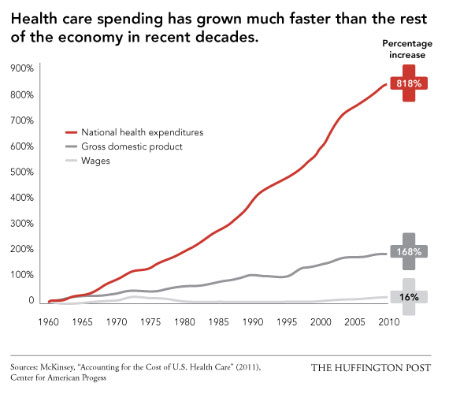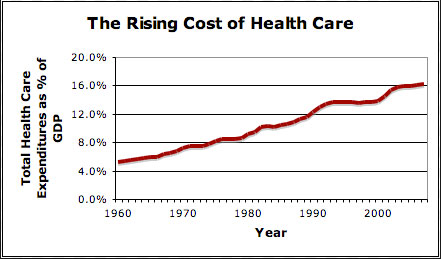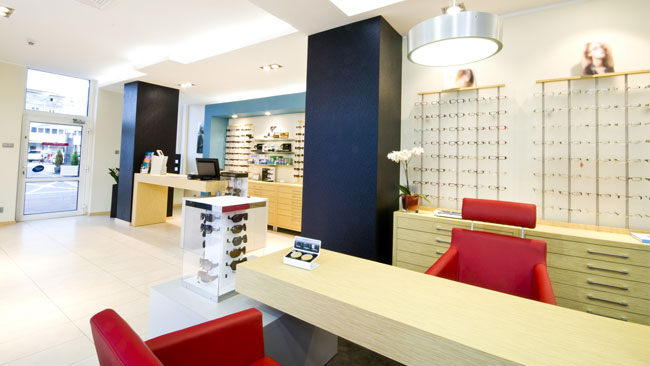Over the last two years or so you may have read countless articles or heard speakers discussing the attributes of the "medical model." You know the model: see tons of patients, code like crazy and do more than a few procedures and tests to maximize profit via the patients benefit package. It's a crazy model.

Crazy?
Let's look at the obvious first. The national health care crisis was borne from skyrocketing costs. What drives costs up? Additional tests and procedures that doctors bill insurance companies for, which then in turn raise insurance rates to cover the additional billings. Let's not even bring up tests that doctors' feel they need to order just to "make sure" in case there are litigating circumstances. Therefore I find it very ironic that we are directly or indirectly driving more cost into a system that we as a country have all agreed is out of control.
Next, let's just look at how we practice optometry. We prefer to take as much as ten minutes with each patient; perhaps twenty if we have that kind of practice. With reimbursements between $35 and $45 per patient, revenues per hour will land around $160-$200. Once we have paid staff, equipment, vendors, utilities, taxes, insurances, and put some chocolate in the candy dish, there is little left to show for it. Part of the success of the medical model is getting your chair time down to about five minutes per patient. Is that how you want to run your business?

Finally, the medical model totally dismisses the other 40-60 percent revenue stream that comes into the office: Optical. Optical—that foreign place many doctors never step into yet they own it, derive half their gross revenue from it and leave someone else to oversee it. Rest assured, in any other business or industry there is much more attention paid to such an important revenue-generating machine. Imagine for a moment that 50 percent of your gross income is gone. Is it important? If yes, then invest yourself in it.
As a doctor, chances are you own both sides of the business, medical and retail. There has never been a question for a doctor to invest in diagnostic equipment. Why not make the same yearly investment into your optical? You OWN it. Invest in your retail so that you and your patients feel comfortable spending time there. Trust that with your investment and oversight you'll be paid from both sides of your business.

Change the way you think about your profession: you're a businessperson first, who happens to be a doctor. If you change the way you look at yourself and your own practice, you will then see the multiple revenue streams that will all contribute the bottom line.
Don't be held hostage to insurance companies and reimbursement codes. They'll change again and it's unlikely the rates will go up. Create your own destiny and invest in the business of running an optical practice.

Michael Karlsrud, M.Ed., is the principle consultant of The Karlsrud Company, a leading training and development company serving organizations throughout the United States. He also is CEO of K-Calls, a contact center that provides communication solutions to the optical industry's suppliers and doctors. You can hear Michael as the host of The Vision Council's On The Road Sales Coach, or read articles in LabAdvisor magazine and The 20/20 Opticians Handbook.












